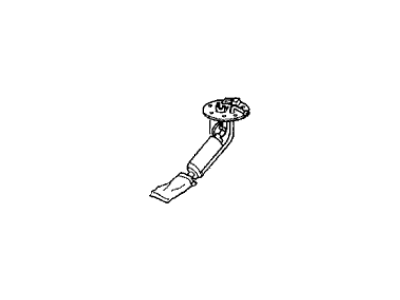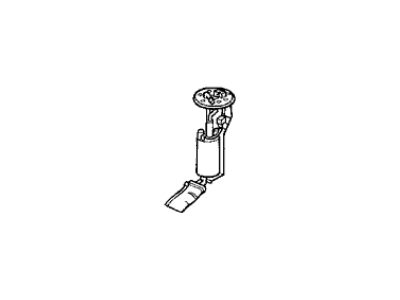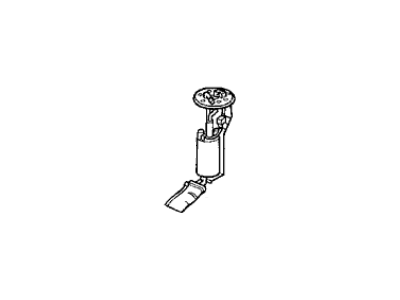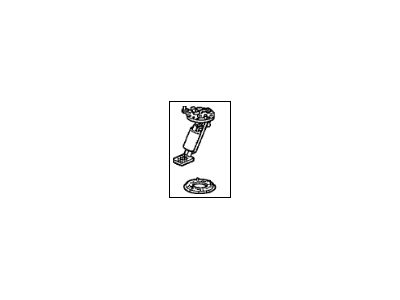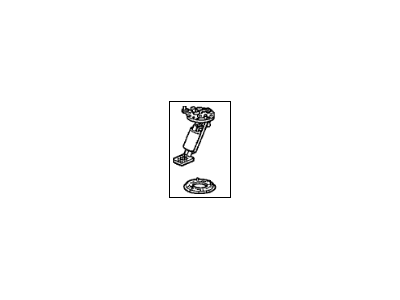×
- Hello
- Login or Register
- Quick Links
- Live Chat
- Track Order
- Parts Availability
- RMA
- Help Center
- Contact Us
- Shop for
- Acura Parts
- Acura Accessories

My Garage
My Account
Cart
Genuine Acura Legend Fuel Pump
Gas Pump- Select Vehicle by Model
- Select Vehicle by VIN
Select Vehicle by Model
orMake
Model
Year
Select Vehicle by VIN
For the most accurate results, select vehicle by your VIN (Vehicle Identification Number).
8 Fuel Pumps found
Acura Legend Fuel Pump
We provide a broad range of OEM Acura Legend Fuel Pump at unbeatable prices on our website. For your OEM parts, You can count on the guaranteed quality, manufacturer's warranty, outstanding customer service, and prompt delivery. We look forward to your visit.
Acura Legend Fuel Pump Parts Questions & Experts Answers
- Q: How should you inspect fuel lines and check the fuel pump for issues related to insufficient fuel delivery on Acura Legend?A:Begin by inspecting all fuel lines for leaks if there is a suspicion of insufficient fuel delivery. For fuel pump checks, set the parking brake and have someone turn the ignition switch to the On position while listening for a whirring sound from the fuel pump, which should last a couple of seconds and become continuous when the engine starts. If there is no sound, the fuel pump or the fuel main relay circuit may be defective. To check fuel pressure, relieve it first, then remove the service bolt from the fuel filter and attach a fuel pressure gauge using a special adapter. Start the engine, detach the vacuum hose from the pressure regulator, and measure the fuel pressure. If the pressure is not within specification, check for a faulty regulator, a clogged fuel filter, pinched hoses, or leaks in the fuel line. If no issues are found, check the fuel pump by verifying it runs when the ignition is turned to On, producing a brief whirring noise. If it does not sound, raise the rear of the vehicle securely, remove the aft rear wheel, and access the fuel pump cover to detach the wires. Use a voltmeter to check for voltage at the fuel pump connector; if voltage is present, replace the fuel pump. If no voltage is detected, test the main relay by removing it and using jumper wires to check continuity between the relay terminals. If continuity is absent in any test, replace the relay.
